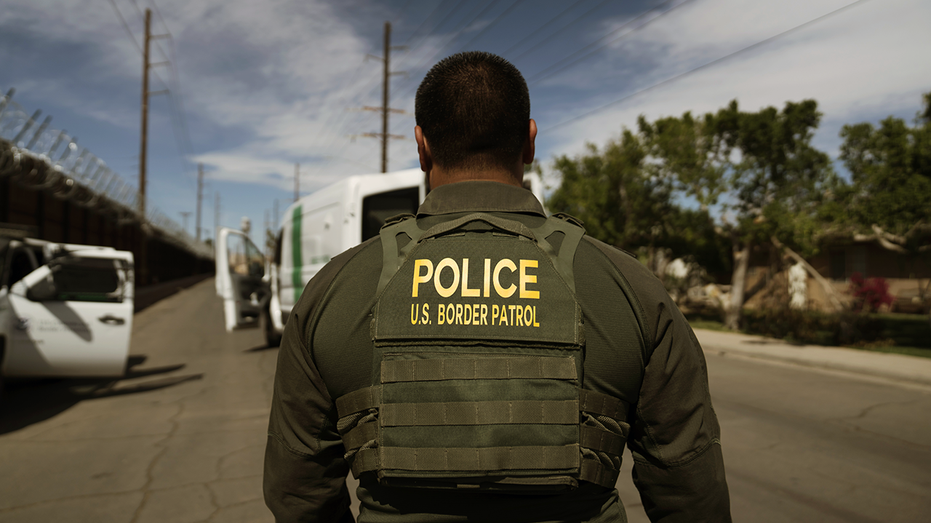A quiet war is unfolding within the American judicial system, a battle not of legal precedent alone, but of deeply held convictions and simmering resentment. Over a hundred federal judges have ruled against a former administration, a wave of decisions that extends far beyond simple legal interpretation.
The sheer volume of these rulings is striking, but the story beneath the numbers is even more revealing. An analysis suggests a clear ideological divide: a significant majority of judges opposing the administration were appointed by Democratic presidents, concentrated in specific districts known for their progressive leanings. Plaintiffs, aware of this landscape, strategically filed lawsuits where they anticipated a sympathetic ear.
This isn’t merely about differing legal philosophies. Conservative judges traditionally view their role as interpreting the law, while many on the liberal side see themselves as active protectors of specific values. For decades, a liberal activist approach dominated the lower courts, but a shift began with appointments to the Supreme Court and appeals courts, demanding a renewed respect for constitutional boundaries.

The Supreme Court has intervened, reversing or halting roughly three dozen lower court injunctions. Even a newly appointed Justice temporarily blocked a ruling mandating immediate reinstatement of benefits. Yet, the resistance persists, with some federal judges openly challenging the authority of the higher courts.
One judge attempted to hold administration officials in criminal contempt for violating a vacated order. Another criticized the Supreme Court’s expectation of swift action. A third directly questioned the binding nature of emergency orders from above. A chorus of discontent echoed in interviews, with judges describing the Supreme Court’s actions as “demoralizing” and a “slap in the face.”
These rulings, often focused on issues of identity politics and the perceived plight of specific groups, appear designed to create delay and fuel activism, even if ultimately overturned on appeal. The strategy is clear: to obstruct, to rally support, and to prolong the fight, regardless of legal standing.
Removing these judges is a near impossibility, requiring overwhelming bipartisan support in Congress – a scenario unlikely given the current political climate. The system, it seems, offers little recourse against judges who openly defy higher authority.
The examples are numerous and unsettling. One judge halted layoffs at a federal agency, praising its anti-discrimination efforts, only to be stayed by the Supreme Court. Another issued a nationwide injunction protecting union employees during a government shutdown, citing the “trauma” and “stress” experienced since the election. A third effectively bypassed Congress, blocking the defunding of an organization based on a personal fear of restricted access to services.
In one instance, a judge blocked the deployment of the National Guard, substituting their own assessment of a situation for the president’s judgment. A candid admission from an Obama-appointed judge revealed the underlying issue: “Trump derangement syndrome is a real issue,” leading some judges to “forget to stay in their lane.”
While acknowledging occasional overreach by the administration, activist judges frequently portray it as a systemic abuse of power. The Constitution, and the Supreme Court, offer a different perspective – one rooted in the rule of law, not the pursuit of a particular ideological outcome. This quiet war continues, shaping the landscape of American justice and raising profound questions about the role of the judiciary in a deeply divided nation.





